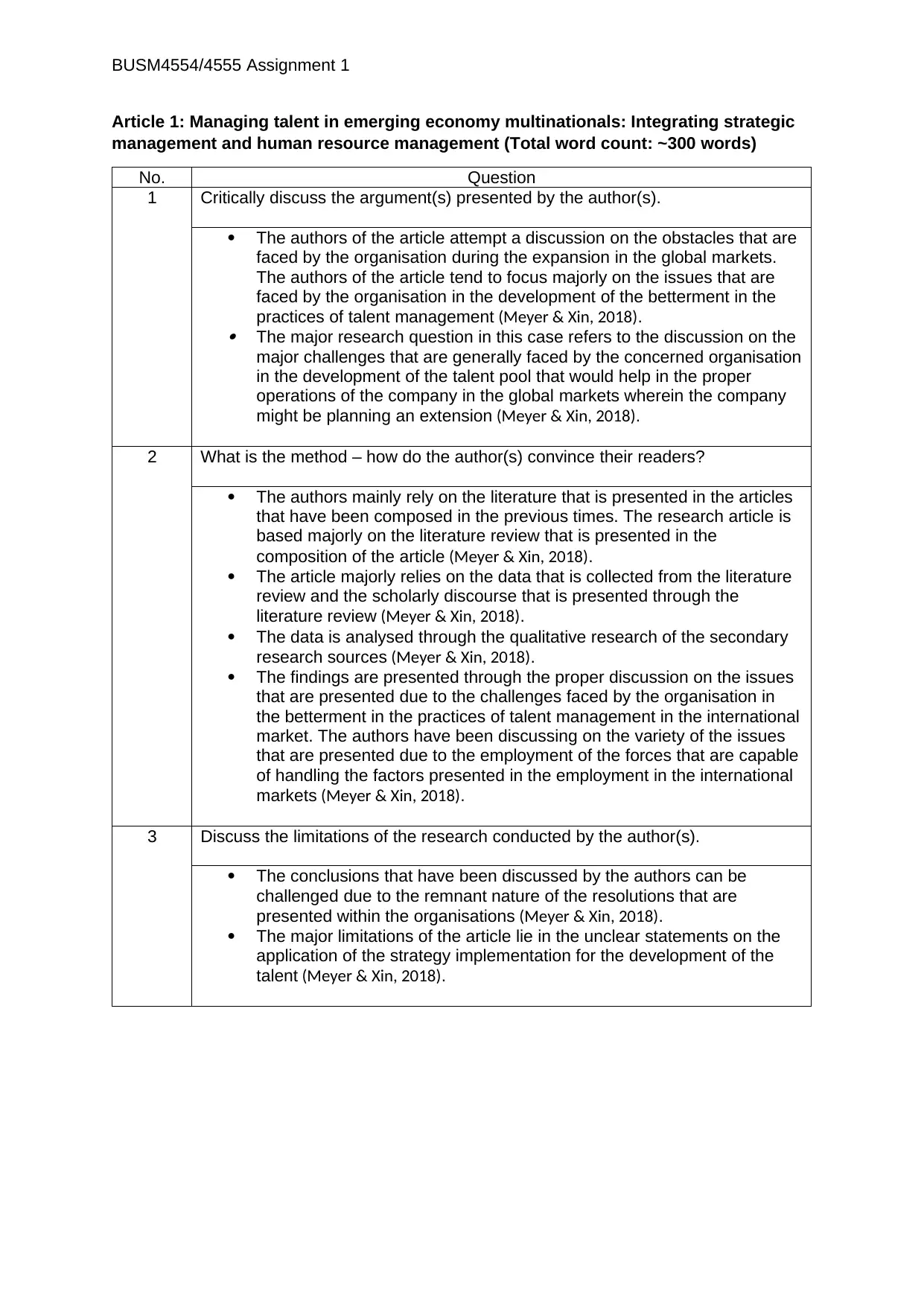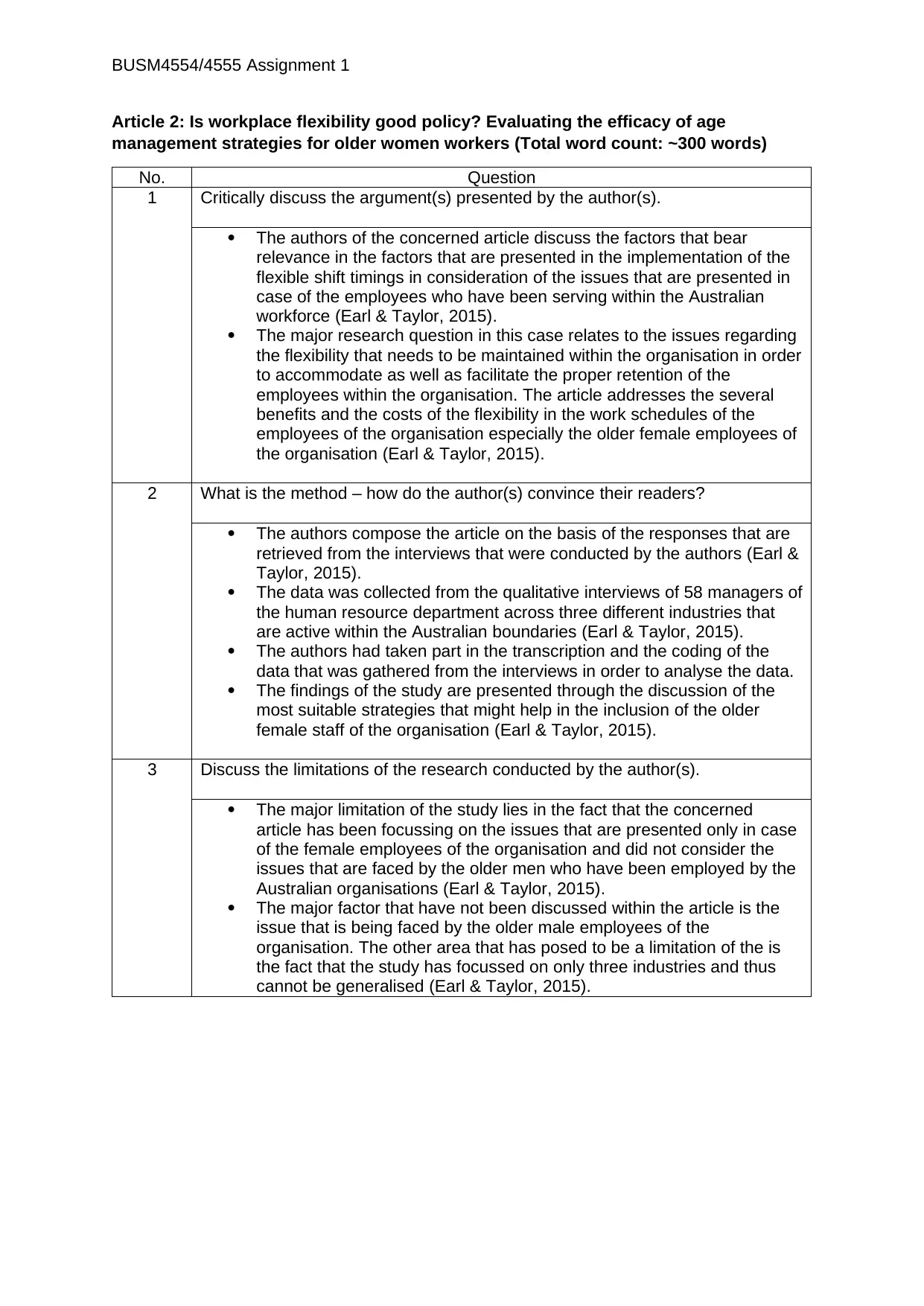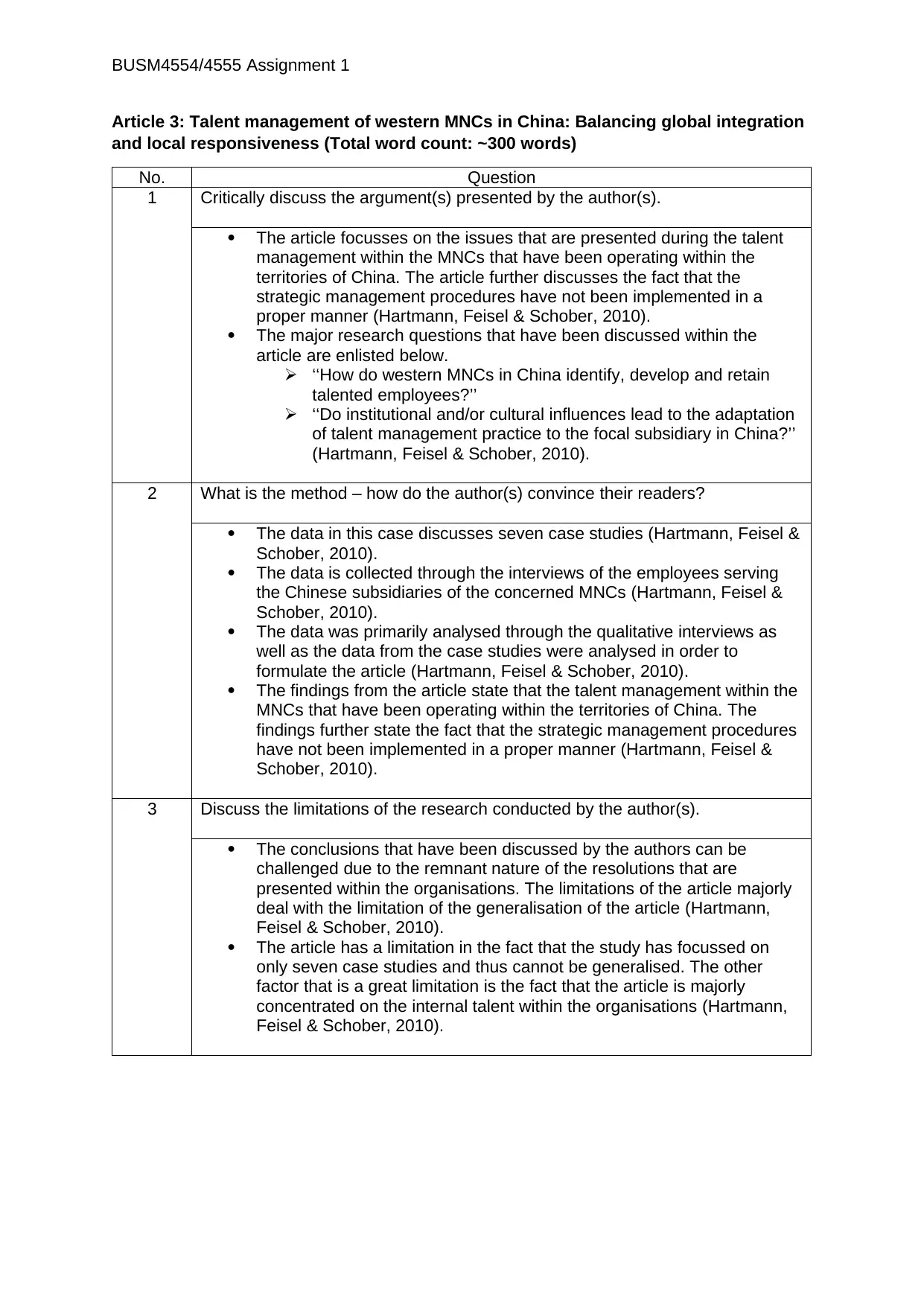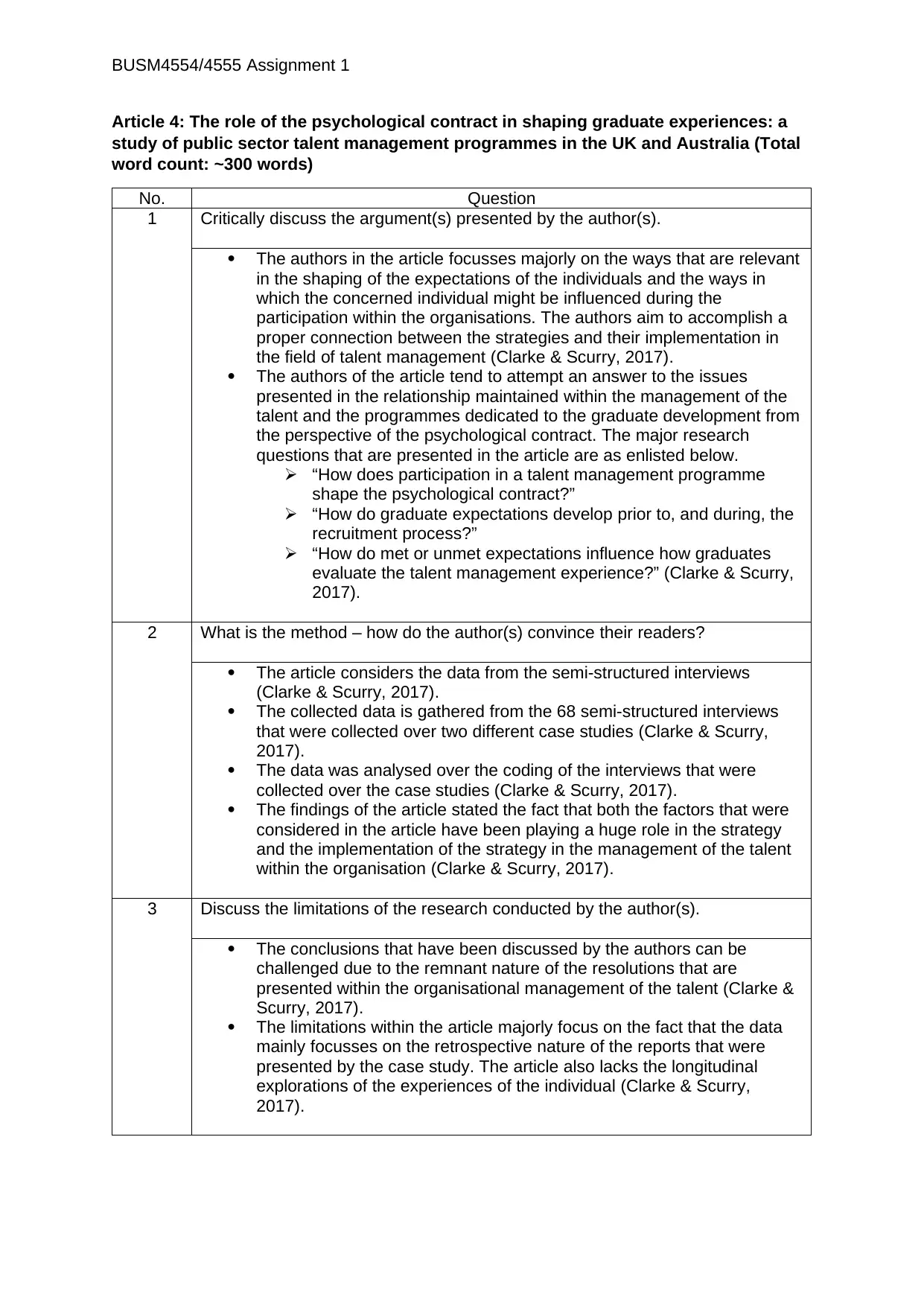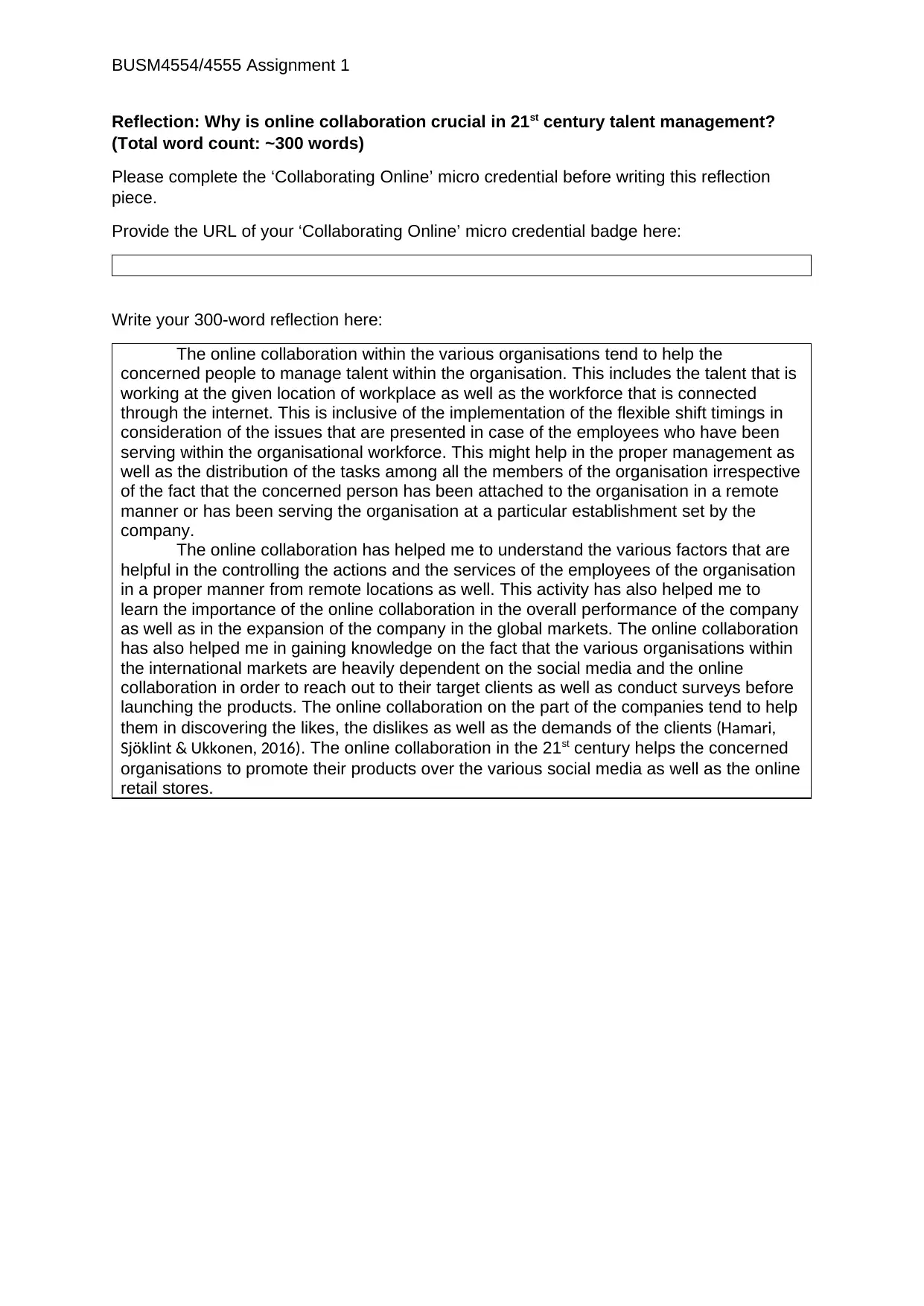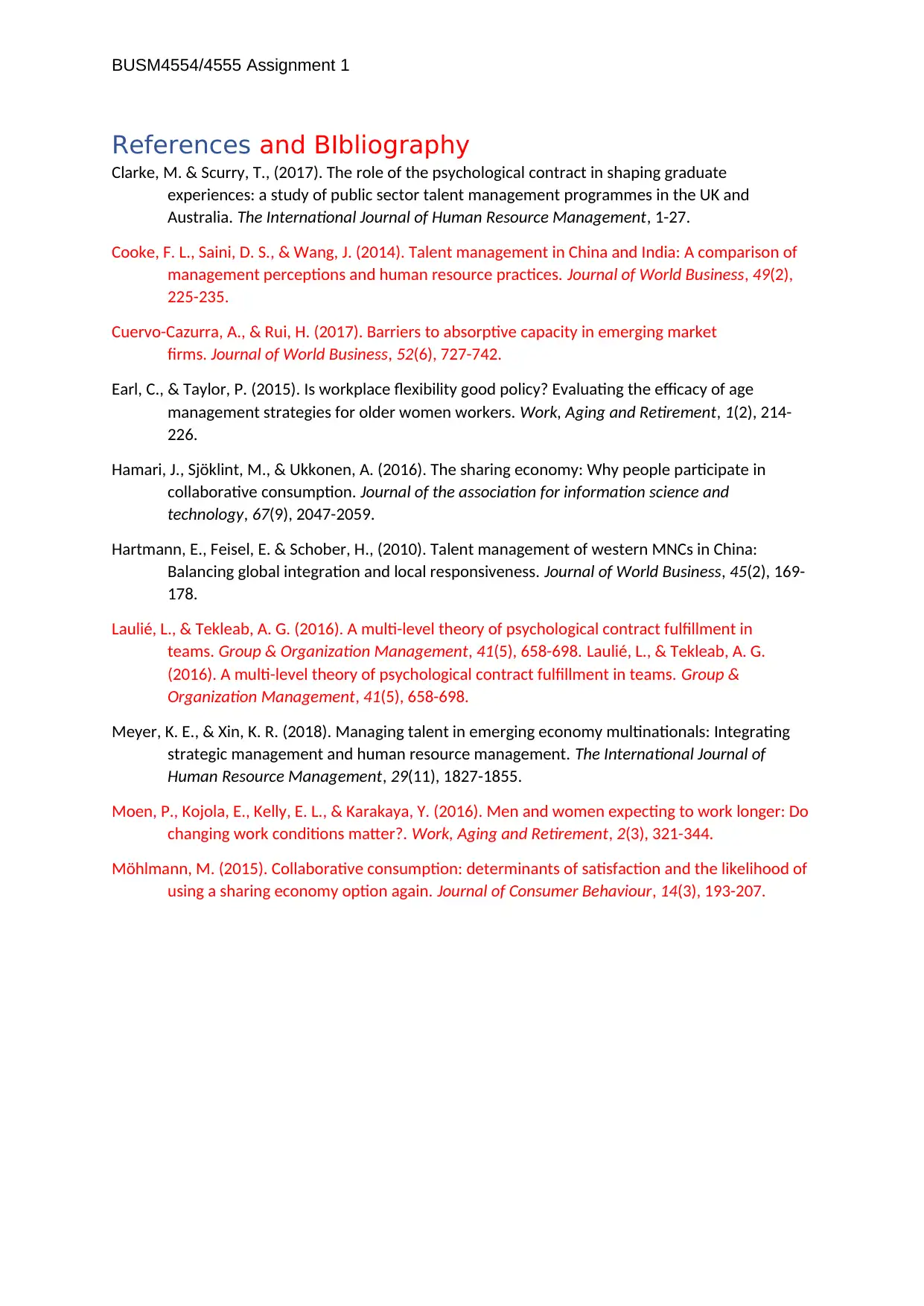The online collaboration within the various organisations tend to help the concerned people to manage talent within the organisation. This includes the talent that is working at the given location of workplace as well as the workforce that is connected through the internet. This is inclusive of the implementation of the flexible shift timings in consideration of the issues that are presented in case of the employees who have been serving within the organisational workforce. This might help in the proper management as well as the distribution of the tasks among all the members of the organisation irrespective of the fact that the concerned person has been attached to the organisation in a remote manner or has been serving the organisation at a particular establishment set by the company.
![[object Object]](/_next/static/media/star-bottom.7253800d.svg)
![[object Object]](/_next/static/media/star-bottom.7253800d.svg)

